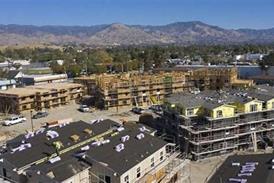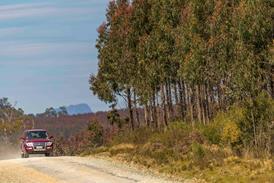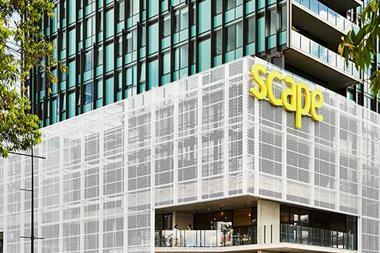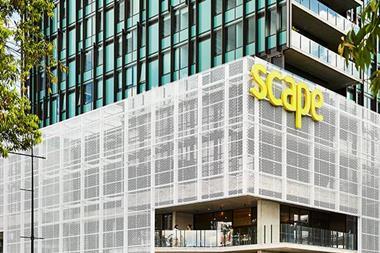Australia’s largest student housing group Scape Australia is poised to expand into “urban city living” to also cater to postgraduates.
While the concept has yet to be market-tested, Scape is already fielding enquiries in Australia from global investors to commit up to $1bn (€612m) to develop what is becoming known as “blended housing”, encompassing city living and student housing.
Scape Australia currently manages and owns A$5bn worth of purpose-built student housing in Australia’s gateway cities, and has plans to develop 500 city living units, mostly in Melbourne.
Craig Carracher, chairman and co-founder of Scape Australia, told IPE Real Assets that the urban city living apartments would initially co-locate in Scape’s student housing projects.
Scape is running a pilot programme of 31 apartments on the top floors of a student housing block in Swanston Street, in Melbourne’s central business district.
“We have not even started marketing, but 80% of these apartments have already been taken,” Carracher said.
Scape Australia is currently building the world’s tallest student housing tower, in Melbourne, and this would include 125 city living apartments, along with some 12,000sqm of co-working space, when completed in early 2021.
Scape’s next project, also in Melbourne, would have 250 city living apartments, to be developed on the airspace of a large commuter train station in central Melbourne. It will be part of a mixed-use precinct and will be completed in 2024.
Carracher stressed that the city living concept should not be confused with multi-family, which caters to couples and families, or with micro-living, which offers tiny rooms in a co-living environment.
Urban city living catered to individuals, young professionals in their 20s and to postgraduates who required rooms typically more than a third bigger than a standard purpose-built student accommodation room.
He added: “It is important that where the blended living solution could co-locate with student housing they would have separate lift cores and entrance and a separate communal experience focused on the 20-something age group.
“The market for urban city living is mobile, and embraces urban living where there is a night economy, such as in Melbourne, he said, adding that Melbourne had the most established central business district ‘night economy’ in Australia.
Global investor backings
Scape Australia is well supported by global investors including Allianz Real Estate, APG, Bouwinvest and others, in part because it has the added advantage of being an established brand in student housing.
For such investors, Carracher said, urban city living was just a “short reach” from student housing.
Insitutional investors had followed the shift in retail and, to a lesser extent, office, to “experiential” attractions – and could see the same shift happening in the residential market, he said.
Scape Australia recently launched a A$4bn core fund to hold its student housing assets and is expected to launch its third development fund in coming months to finance the development of new projects. It raised A$615m and A$500m, respectively, in its first two development funds.
With approaches already received, Carracher believes the third development fund could raise up to A$1bn.
Nigel Taee, founder of Scape globally and now expanding the Scape portfolio in Boston, US, said: “Our experience in the US and across Asia encourages us to expand our remit to offer our core urban living solutions to a wider market of young people in their 20s living in the cities in which they study and work.”














No comments yet